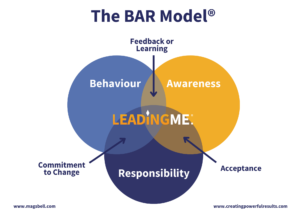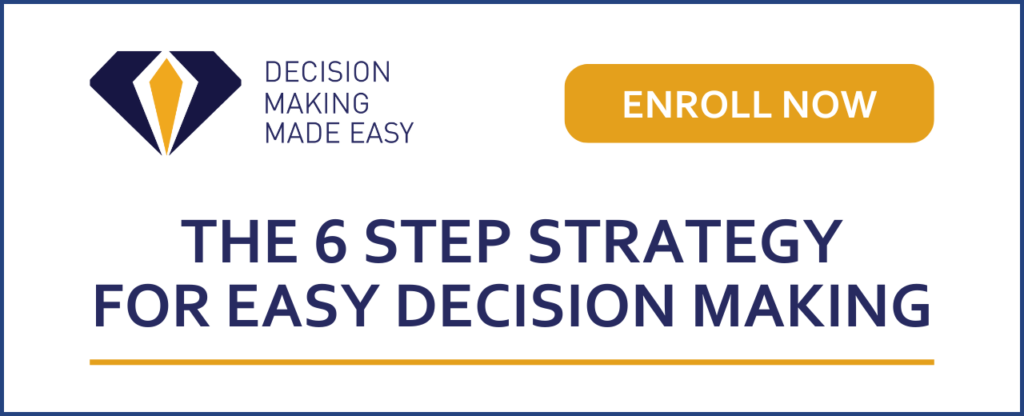Eleanor Roosevelt once said, “Motivation is the art of getting people to do what you want them to do because they want to do it.”
As a leader, you may often think that it is your responsibility to motivate others to do what they need to do. But that’s absolute bollocks. You are not responsible for anyone, but yourself, just as you cannot motivate anyone, but yourself.
So what exactly is it that you can do, after all, you are a leader and you need your team to achieve targets and KPIs. What you can do is to coach and inspire others to motivate themselves. Let’s take a look at this.
![]()
What is Motivation?

Before we can go ahead and try to inspire others, we first need to understand what motivation is.
Motivation is your ‘why,’ your ‘purpose’ for doing things and what it is that you desire as a result of your actions.
Most people have a skewed understanding of what their motivation is. Many people I have interviewed… which was in the sales environment… would answer my question on what motivated them by saying “money”. But it’s never really the money that motivates any of us, rather what we can do with the money.
So your motivation is your “why” the reason you do what you do.
Once the definition of motivation is clear, most people will falter as they question what their actual “why” is.
![]()
What Can You As A Leader Do To Help Them With Their Motivation?

It’s not as simple as telling your team what to do. Direction and targets are good for helping people to know where they are heading. However, that will not necessarily motivate them.
There is an easy way.
When external forces interrupt motivations, people can end up being driven away from or procrastinating around their tasks and goals. And yes, those external forces include you as their leader.
So what is it exactly that you can do on your end to help others become lean into their own motivations?
Instead of thinking that you can motivate others, you must find out what each individual is motivated by. Everyone is different. How exactly do you do that?
The only way to do this is to get to know your people, what they love doing outside of work and what they love spending their hard-earned money on. You need to place yourself in their mindset. Now you have the information to be able to build that motivational environment for them. You do that by leading by example… LeadingME®, inspiring, coaching, and mentoring, using their motivation to help them push through for great results.
![]()
Helping Others Achieve: The BAR Model®

One method I use to help others find and motivate themselves is through the use of the BAR Model®.
The BAR Model® (Behaviour, Awareness, and Responsibility) has LeadingME® as its core. It may seem simple enough, but if you don’t coach around the ‘Acceptance’ part of this model, it could instead cause you and the individual to play at the top of the model. Haven’t we all done that? You point out a behaviour, the person becomes aware, and we think they will now change the behaviour but instead, they do the same unwanted behaviour that we just pointed out!!! Frustrating yes?
The crucial step here is to dig deep by coaching the individual on what they see and understand, as well as what they need to do to make the changes. This is for them to come up with the answers (coaching) not you telling them what they should do as that is only ‘Awareness’ and will not move them to ‘Responsibility.’ That means there will be NO change in their behaviour.
With the BAR Model®, you can help others become aware of their behaviour and inspire them to take responsibility and become motivated to change their behaviour.
![]()
Giving Feedback

The first step to initiate is to bring Awareness to the Behaviour which can be done through feedback.
Now, you don’t just give generic feedback. You don’t just say “Don’t do that,” instead, we need to be more specific. We say “When you do …. it causes…. and that results in ……”
The trick to any feedback is to be specific. We also need to be looking for positive behaviours to practice with this model. What I do is try and find positive feedback for people every day. Think of it as a 5:1 ratio or many more positive feedback conversations than negative feedback conversations. Just remember developmental feedback that you give needs to be more specific with the feedback regardless of what type you are giving.
By being specific, you point out the exact action that they need to be aware of.
![]()
Accepting and Changing Behaviour

As I’ve mentioned, even after we give developmental feedback, this won’t always change the behaviour. This can just put you both in a cycle of ‘Behaviour and Awareness,’ without the person taking any Responsibility.
So to help others accept this behaviour and eventually lead to them changing, you need to take the following steps:
- Ask Open Questions – What, When, How, Where
- Practice Active Listening – Listening to understand their point of view
- Summarising It Back – Paraphrase what you think you have heard
- “That’s Right” – Until you hear them say these words.
Once they’re in full ‘Awareness’ and you have coached them, using their own words of what their understanding is of that awareness, and the acceptance of that awareness is for them, then you can move on.
![]()
Ask Open Questions
Let’s take a look at open questions.
We have five open questions: what, who, why, when, and how. I personally don’t use the word ‘Why’ as it can sound to someone else, accusatory or as if you have an agenda.
Instead, you can focus on the others by asking questions like:
- What made you behave in that way?
- Who do you think benefits from that behaviour?
- How do you think the other person felt When…?
If you ask closed questions like “If”, “Can”, “Would”, or “Could”, you will be stuck with a “yes” or “no” answer, which won’t help you or the other person reach a deeper understanding.
If you have never coached before this may seem daunting, but it doesn’t have to be. Use notes to help you, write questions down using the open questions and listening and then just practise asking these open questions.
![]()
Practice Active Listening
Active listening means, not just listening to someone to take a breath or a wee bit of silence so you can jump in with an answer or statement. Rather, you are listening to what they are truly saying, including what is in between the words.
Whenever you listen to someone, don’t just listen to know what to ask or say next because that’s not what active listening is. Use silence to build up that trust. Listen in silence to understand and to get to know them. Look at their body language and how it changes as the conversation goes on. This can help you truly see what their “why” is.
After you’ve listened to them actively, you can then form a summary of how you understood what they said. This is Stephen Covey’s 5th Habit of ‘The 7 Habits of Highly Effective People.’ – Seek First To Understand Before You Are Understood.
![]()
Summarising It Back
After each question you want to be summarising what you heard them say.
So don’t just dive in after listening to them. Instead, you need to summarise your understanding of what you heard them say. This way, you can clarify your understanding. Start with something like, “So let me check I’ve understood what you’ve just told me…..”
If at this point they say “That’s right” then you’re there. If not you may need to ask them to repeat it for your understanding. Then you summarise again what you’ve heard until they feel heard!
![]()
“That’s Right”
Once you’ve reached the “that’s right” stage, then you know you’ve hit the mark.
When you get this response, they know that you’ve really listened and understood them. It helps them realise that you are merely there to help.
Now you can use those last few questions to bring about the ‘Responsibility’ part of the BAR Model®
- How will you change this behaviour?
- How do you think you can change that behaviour next time?
- What will help you change this behaviour?
- How will that benefit YOU and Others?
- How can I help you?
Note: Focusing on the behaviour (being specific) not being general will always give you the results you want for both parties.
They begin to reach their own conclusion and understanding and they are then willing to take ‘Responsibility.’ This responsibility is what leads to ‘Behavioural Change.’
With this approach, you have tapped into their motivation to change. Remember, this isn’t your motivation to make them change, but their own desire and you’ve simply helped them realise and reach it. The change comes from your coaching them to tap into their benefit NOT Yours.
Motivation Within

Remember that the only place motivation can come from is within. No one else can motivate anyone, we can only motivate ourselves. However, that doesn’t mean there’s nothing you can do to help others with their own motivation. You can build that environment of motivation by inspiring, mentoring and coaching.
With LeadingME®, you can become an inspiration for others to follow. LeadingME® is about knowing ‘me’ME’ so well that when people follow they are following the example we want to be setting. Saying something and doing another thing is setting the example of the other!
People follow your example if you’re giving developmental feedback mainly in the positive then it becomes easy for people to take good specific feedback that taps into their motivation to change. This then becomes a wonderful motivational environment for everyone including YOU!
Find your/their “desire” and “why” so you/they can move forward and inspire others to do the same, through your/their motivations.
Let me know what you think! If you have any questions please ask, I love helping people step into LeadingME®.
Stay True, Stay You
And Keep Bringing Out Your Brilliance!

















